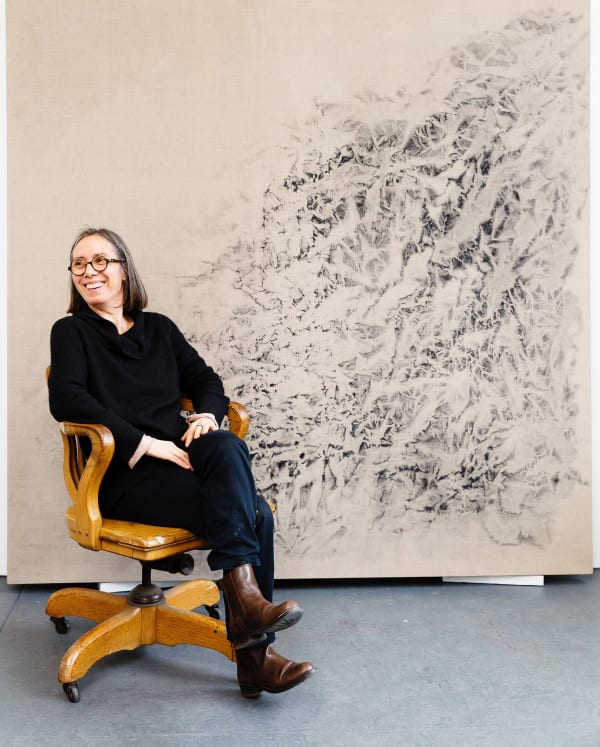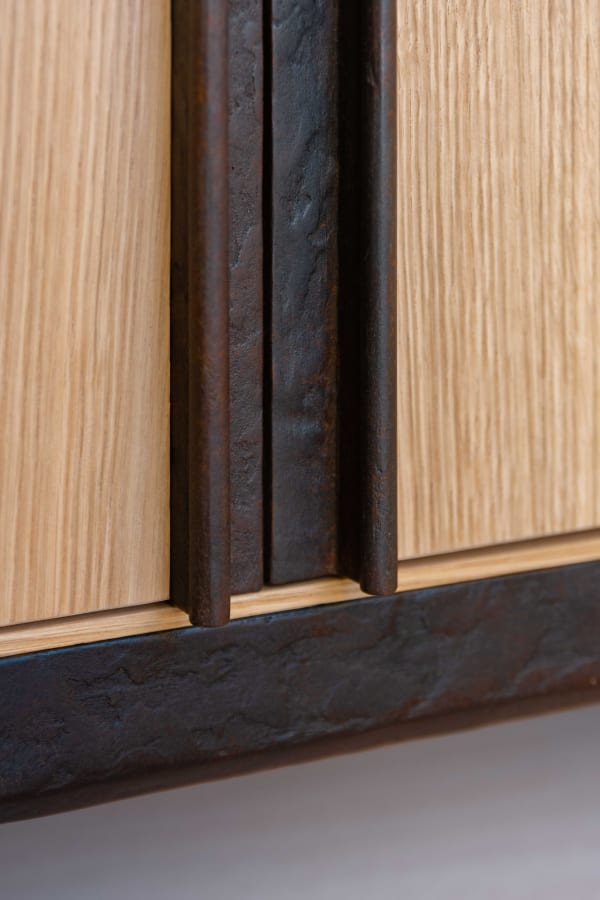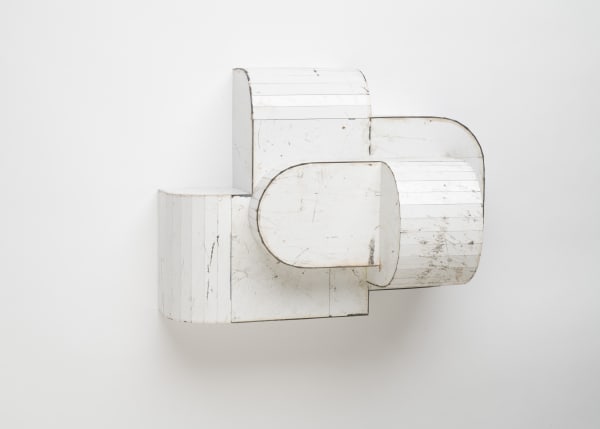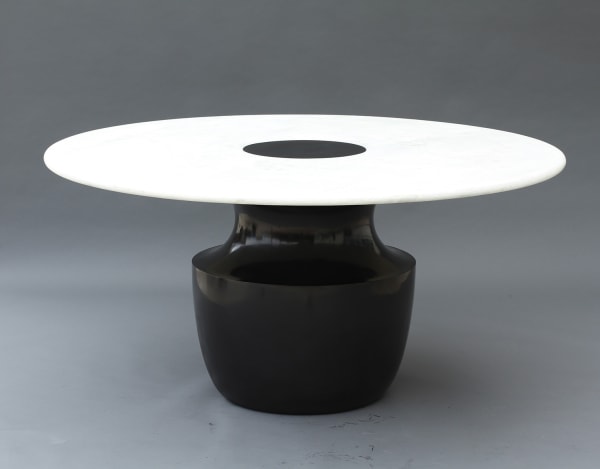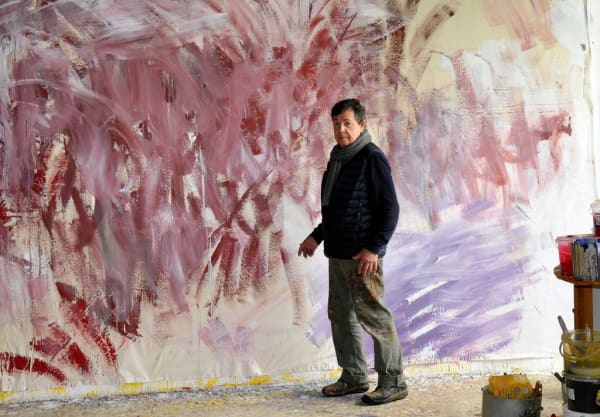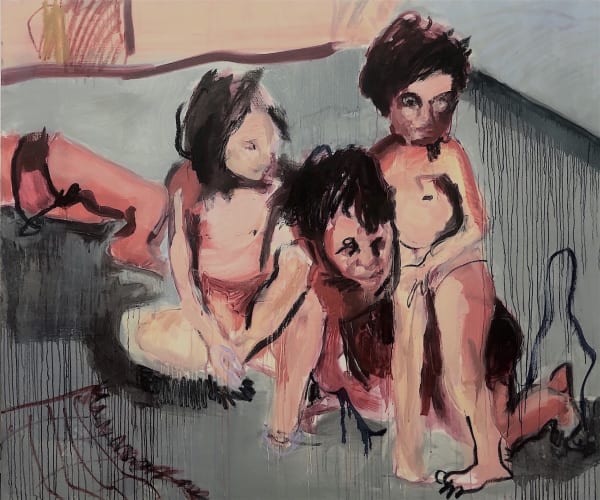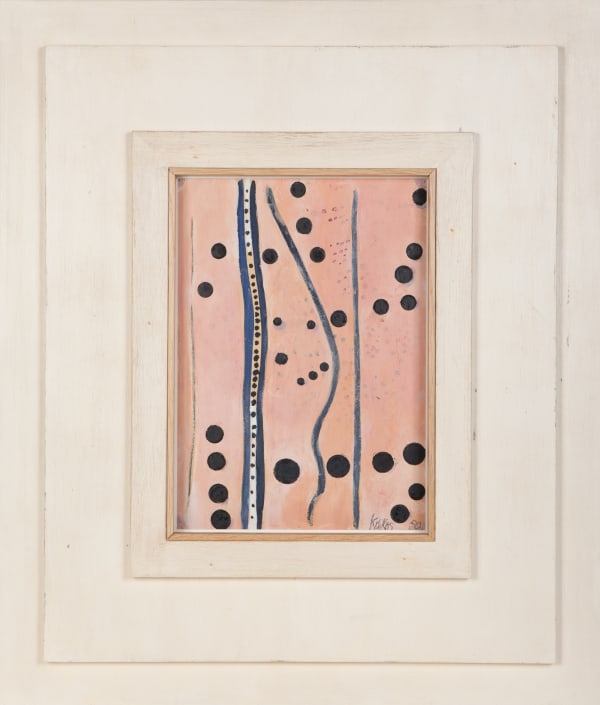Artists
-

PHILIPPE ANTHONIOZ
-

ALEXANDRA ATHANASSIADES
-

BEATRICE CASADESUS
-

KATSUMATA CHIEKO
-

VICKY COLOMBET
-

ROBERT COURTRIGHT
-

MONIQUE FRYDMAN
-

GARNIER ET LINKER
-

CHRISTIAN JACCARD
-

Tegene Kunbi
-

Jean-François Lacalmontie
-

TED LARSEN
-

GUY LECLERCQ
-

BENOIT LEMERCIER
-

PATRICK NAGGAR
-

JEAN-PIERRE PINCEMIN
-

BRUNO ROMEDA
-

ERIC SCHMITT
-

CHRISTIAN SORG
-

Marek Szczesny
-

Lucas Talbotier
-

Hitomi Uchikura
-

MAX WECHSLER
-

Vladimir Zbynovsky
Projects with




